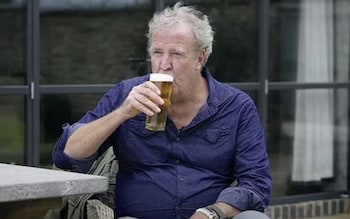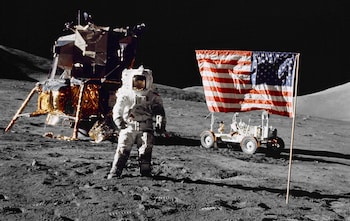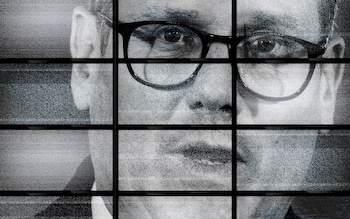He would probably hate it, but will Guy Martin one day achieve national treasure status? The former bike racer and mechanic has been presenting TV shows for over a decade now and there is something about his unscripted enthusiasm and down-to-earth style that makes all of them worth watching. The latest is Guy Martin and the Lost WW2 Bomber (Channel 4), in which he went to the Netherlands to report on a remarkable salvage operation.
The Lancaster ED603 and its crew, members of the Pathfinders Force, went down in Lake IJsselmeer in June 1943. Four bodies were washed up and buried locally, but three remain unaccounted for. The lake is vast, and a graveyard for many downed bombers. But in 1996, a Dutch fishing trawler snagged its nets on what turned out to be a Rolls-Royce Merlin engine. The engine plate revealed it to be ED603.
At a cost of more than 1.5 million Euros, the Dutch government resolved to raise the wreckage as part of its aircraft recovery programme. “We need to repay something for the Allies and what they did for us,” said one of its officials. The challenge required an impressive feat of engineering: building a 30 sq ft cofferdam (a new word for me) around the crash site and pumping out the water.
Here, Martin was in his element. First he demonstrated how this would all work, using a plastic tub of water and a baked beans tin. Then he went to the site and pitched in. “It’s amazing!” he said, as delighted by the team plugging leaks with compost as by the use of heavy machinery to drive the metal piling into the lake bed.
The programme also delved into the history of the Pathfinders Force, which marked targets with flares to increase the accuracy of bombing raids. In 1941, Martin told us, only five per cent of bombs were dropped within five miles of their targets. By 1945, two years after the force was established, 95 per cent were dropped within three miles. The missing crew had each flown at least 40 missions, when life expectancy in their unit usually ended at 12.
Martin is a natural when it comes to explaining the engineering side of things, but equally adept at handling sensitive conversations. He spoke respectfully to relatives of the missing men; the crew’s remains were eventually recovered and the programme ended with a moving ceremony on the lake. The project achieved its aim, which Martin had spelled out so plainly at the beginning: “Hopefully we’ll find these three fellas. Course it’s worth doing. They paid the ultimate price for our freedom.”
Disclaimer: The copyright of this article belongs to the original author. Reposting this article is solely for the purpose of information dissemination and does not constitute any investment advice. If there is any infringement, please contact us immediately. We will make corrections or deletions as necessary. Thank you.




